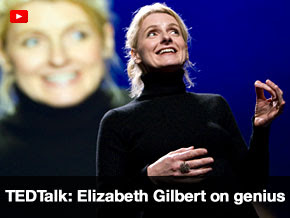Capture stories as they happen–why that’s so important
One of the most questions I’m getting most lately is “Where do I find stories?”
Connected to that questions needs to be the follow-up question, which should be: “How do I remember these stories?”
Now…if you were nearly mauled by a grizzly bear, that’s probably a story you won’t have to consciously try to remember, but…many of the most powerful, nuanced stories come out of small, seemingly unremarkable events.
I say unremarkable in the literal sense: We are unlikely to remark to someone about them, because they aren’t dramatic nor are they unusual. However, it’s often because of their universality that they can reach people that more grand, rare experiences might not. So for instance, this morning, while washing dishes I found myself coming up with a more rich analogy I can use as a framework for teaching storytelling. I got excited and knew that I needed to immediately write down my thoughts.
This thought reminded me of this really cool story that Elizabeth Gilbert, author of Eat, Pray, Love tells about Ruth Stone, a 90 year old American Poet, sharing with her the importance of honoring the muse when she speaks to you, by recording what she tells you. So…I decided to honor the muse by sharing this with you, and then working on a mind map about the analogy.
While recording our flashes of insight and creative inspiration is important, doing so for the little teaching moments we experience is also important becasue the power comes in the private insights, subtle awarenesses, and smile-inducing reminders we have in the moment…but which are quickly lost in the busyness and fullness of everyday life.
And it’s these fleeting insights and awarenesses that offer others some of the most powerful lessons. They offer powerful lessons because they help people notice life and notice their response to life within the everyday experiences they are likely to have. So these lessons can be linked to their lives, and not simply linked vicariously to our unique experience of climbing K2 or hang-gliding.
So…I share this with you to encourage you to jot down the little experiences you have and the “Ah has!” you have, and then put them in a document that you can search, so you can recall and tell them later when you’re searching for a story that makes a certain point.
As I’ve written elsewhere, I just use a simple two column table to record my stories, with key words and phrases in the left column and story details in the right.
Now…for Elizabeth Gilbert’s story. Notice how the story and the imagery make the idea “Write it down immediately” so much more interesting, compelling, and memorable.
To Sign Up for the August Webinar “How to Wrap Your Message in Bacon” on how to use storytelling to deliver difficult messages in a palatable way and more.

